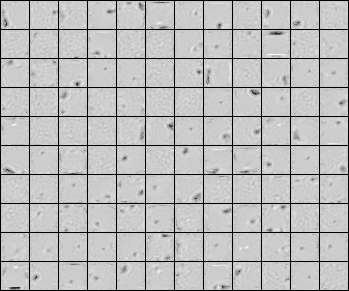k-Sparse Autoencoders
Recently, it has been observed that when representations are learnt in a way that encourages sparsity, improved performance is obtained on classification tasks. These methods involve combinations of activation functions, sampling steps and different kinds of penalties. To investigate the effectiveness of sparsity by itself, we propose the k-sparse autoencoder, which is an autoencoder with linear activation function, where in hidden layers only the k highest activities are kept. When applied to the MNIST and NORB datasets, we find that this method achieves better classification results than denoising autoencoders, networks trained with dropout, and RBMs. k-sparse autoencoders are simple to train and the encoding stage is very fast, making them well-suited to large problem sizes, where conventional sparse coding algorithms cannot be applied.
PDF Abstract



